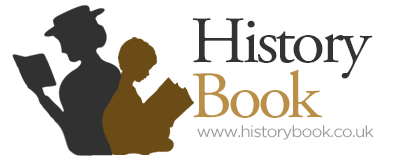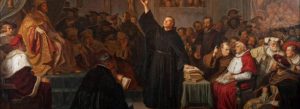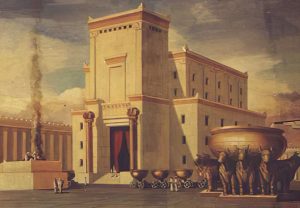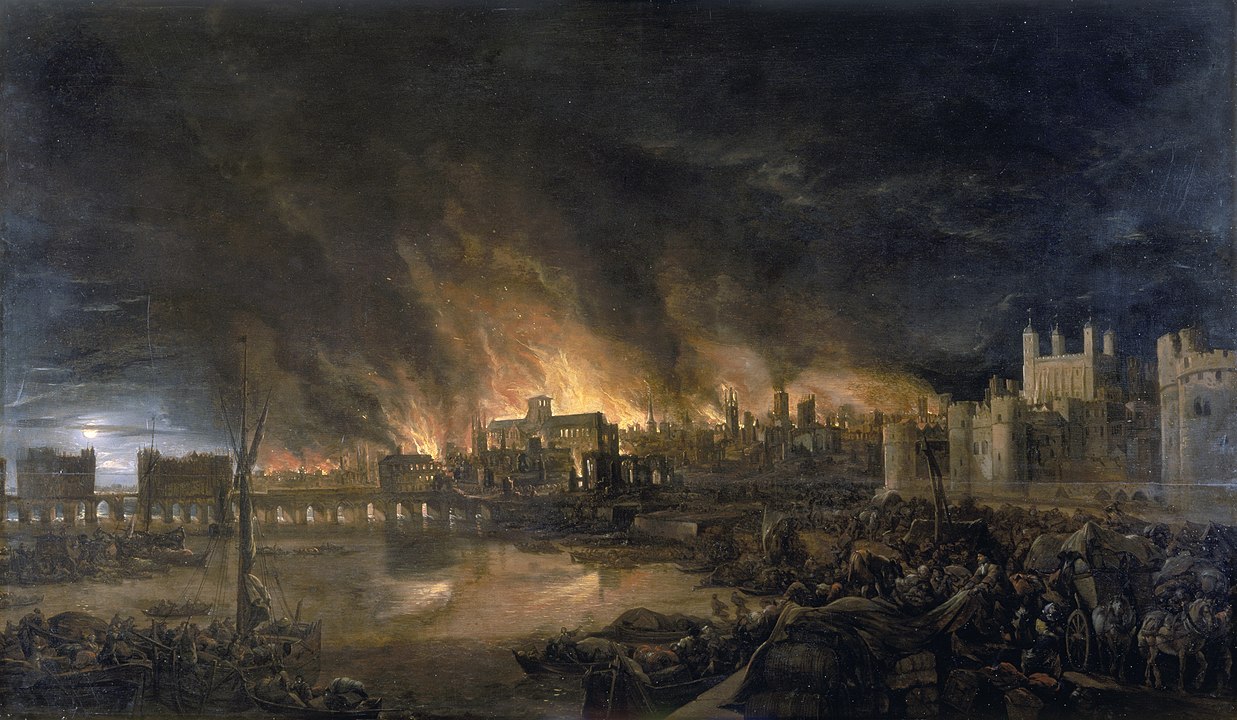
The Great Fire swept through the streets of London in 1666 destroying 13,200 houses and 87 parish churches. In the 17th Century, many buildings were made of timber and covered in ‘pitch’ with thatched roofs. These materials were highly flammable and to make things worse, they built houses close together. In some cases the homes arched out over the street below, almost touching.
How did the Great Fire of London start?
The Great Fire of London started in a baker’s shop down Pudding Lane on 2 September 1666. The bakery was owned by Thomas Farriner. Farriner claimed to have extinguished a fire which started earlier that evening but at 1am, his house was a blazing inferno.
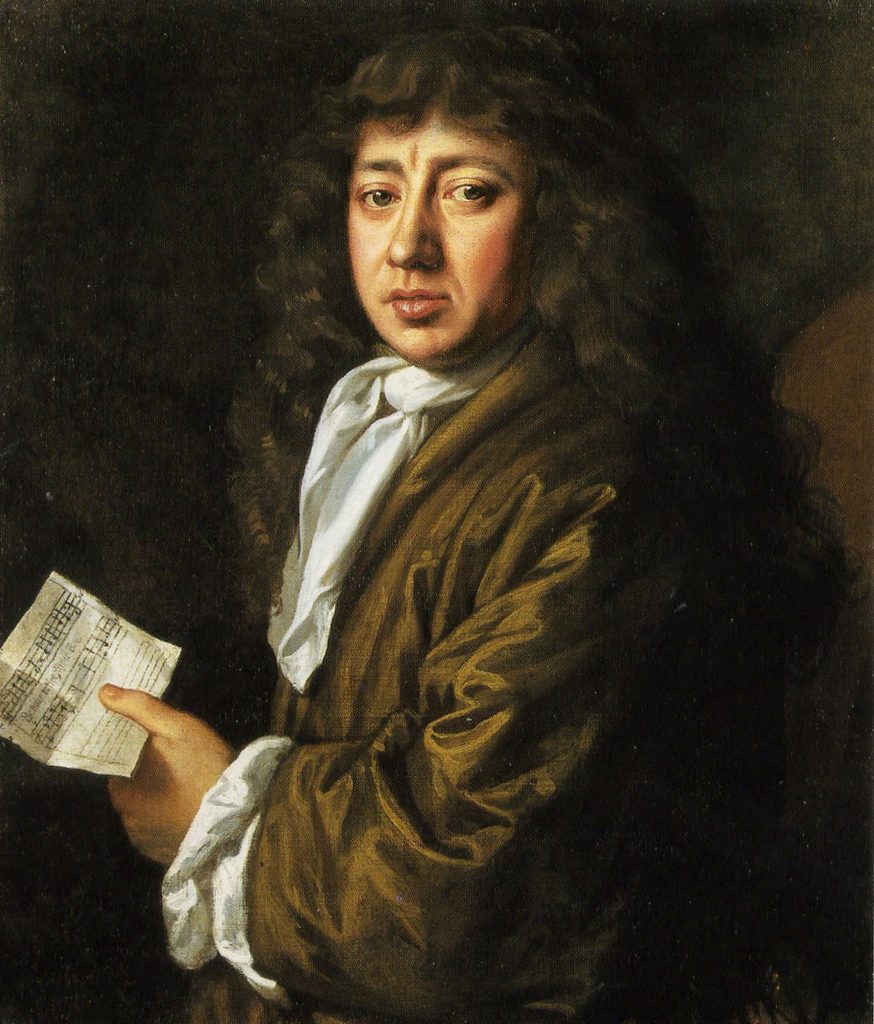
According to the diary of Samuel Pepys, that summer, the city experienced a significant drought causing the wooden houses to dry out – making the easier to burn.
after so long a drought, proving combustible, even the very stones of churches
Samuel Pepys – 1666
With the houses so close together – the fire spread very quickly. This was also helped by a strong wind coming from the east. Warehouses on the Thames at that time were stocked with oil and tallow – all very combustible products.
How did they stop it?
There was no organised fire brigade in 1666 – all they had were leather buckets, axes and water squirts. These probably work well on small accidents but had little effect on the Great Fire.
Samuel Pepys’s diary gives a great account of his meeting with the King and who the fire was to be stopped.
So I was called for, and did tell the King and Duke of Yorke what I saw, and that unless his Majesty did command houses to be pulled down nothing could stop the fire. They seemed much troubled, and the King commanded me to go to my Lord Mayor from him, and command him to spare no houses, but to pull down before the fire every way.
Samuel Pepys – 1666
The Mayor was ordered to use fire hooks to pull-down burning buildings. This practice would have created gaps between buildings and slowed the fire. This unfortunately took too long and the fire continued to spread. The fire reached its peak on 4 September 1666. The current fire fighting methods were inadequate and time consuming. That evening, gunpowder was used to blow up houses. It successfully stopped the fire around the Tower of London and Cripplegate.
The fire lasted four days destroying and damaging one third of the buildings of London including The Royal Exchange, Guildhall and St. Paul’s Cathedral. At the same time leaving 130,000 people homeless.
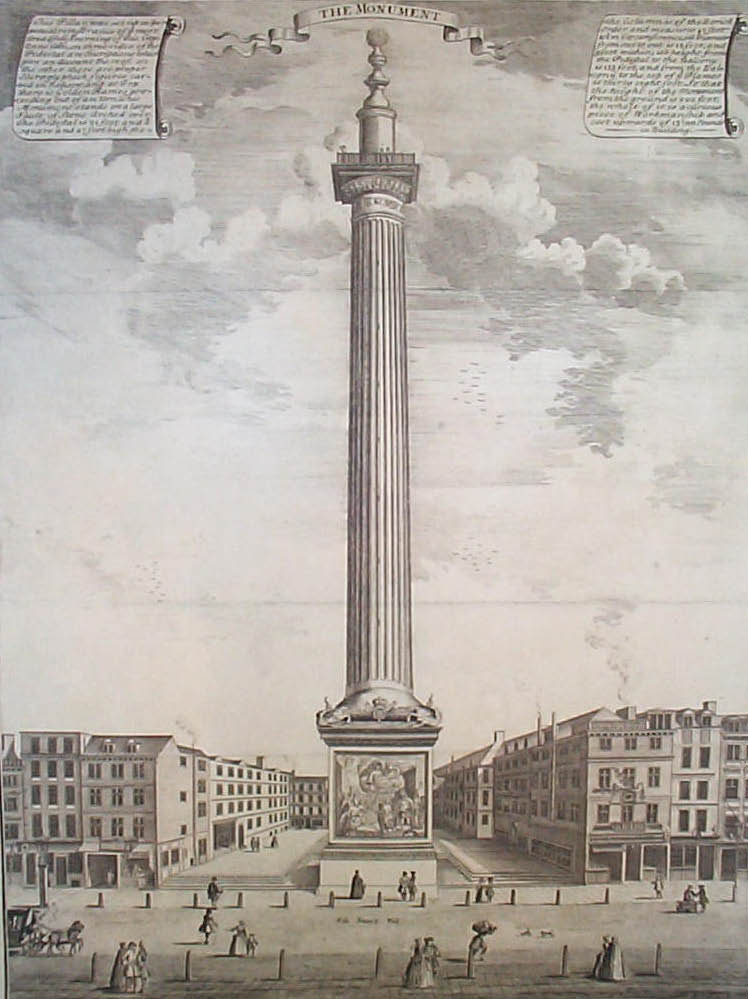
The Monument
To commemorate the Great Fire of 1666, Sir Christopher Wren and Dr Robert Hooke designed a 202ft column that is located on the piazza between Fish Street Hill and Monument Street. It was finally completed and opened in 1677.
Learn more – https://www.fireoflondon.org.uk/story/the-fire/
